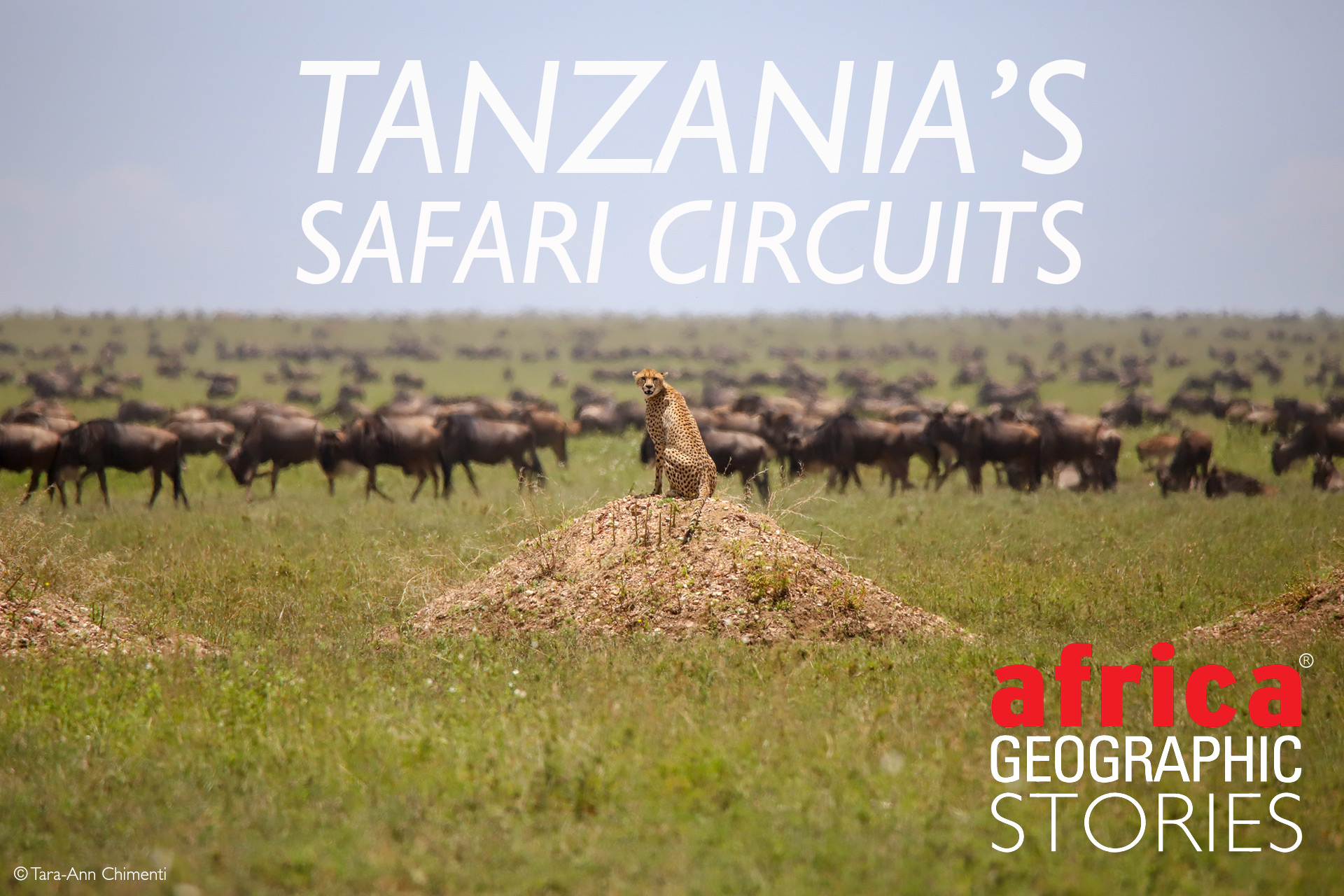
The ultimate African safari


Tanzania is an extraordinary country, replete with an abundance of mesmerising natural marvels and magnificent cultural nuances. It is an essential bucket-list destination for safari enthusiasts and wildlife lovers. Of course, in an ideal world, these visitors would have boundless time and money to explore the country at leisure, but this is not a realistic option for most. For many, a trip across the world to visit Tanzania’s majesty may be a once-in-a-lifetime experience. Tanzania is traditionally divided into “safari circuits” to ensure that travellers make the most of their special journey.
These circuits divide Tanzania into the four corners of the compass and consist of an itinerary of destinations designed to minimise travelling time and maximise the experience. Tanzania is a diverse country, so each circuit offers its own unique magic, divergent scenery, and appealing wildlife encounters. The northern, southern, western, and eastern circuits encompass a selection of national parks, reserves, conservation areas and even, in the case of the eastern circuit, islands and beaches, that visitors can choose based on their interests.
Tanzania’s northern circuit
Tanzania’s northern safari circuit is unequivocally the most popular circuit on this list (and very busy with tourist activity during peak safari season, from June to October). The northern circuit includes destinations that are the stuff of safari, travel and film-making legend. For first-time visitors who only plan to visit Tanzania, this is almost unfailingly the place to start. It involves some of the best roads in Tanzania, so every destination is easily and (relatively) quickly accessible, and there are countless accommodation options available for every budget, from basic campsites to some of the most luxurious lodges in Africa. However, cutting costs could mean compromising on experience. A tailor-made journey is far more likely to deliver a truly rewarding experience.
 Want to go on an adventure along one of Tanzania’s extraordinary safari circuits? Check out our top Tanzanian safaris on offer right now. Or, let us tailor-make a safari just for you.
Want to go on an adventure along one of Tanzania’s extraordinary safari circuits? Check out our top Tanzanian safaris on offer right now. Or, let us tailor-make a safari just for you.
The northern circuit stretches from Lake Victoria in the west to Mount Kilimanjaro in the east, and it is bounded by the Kenyan border to the north and Tarangire National Park to the south. It includes such iconic names as the Serengeti National Park and Ngorongoro Conservation Area, and, naturally, more time should be devoted to exploring these areas than others.
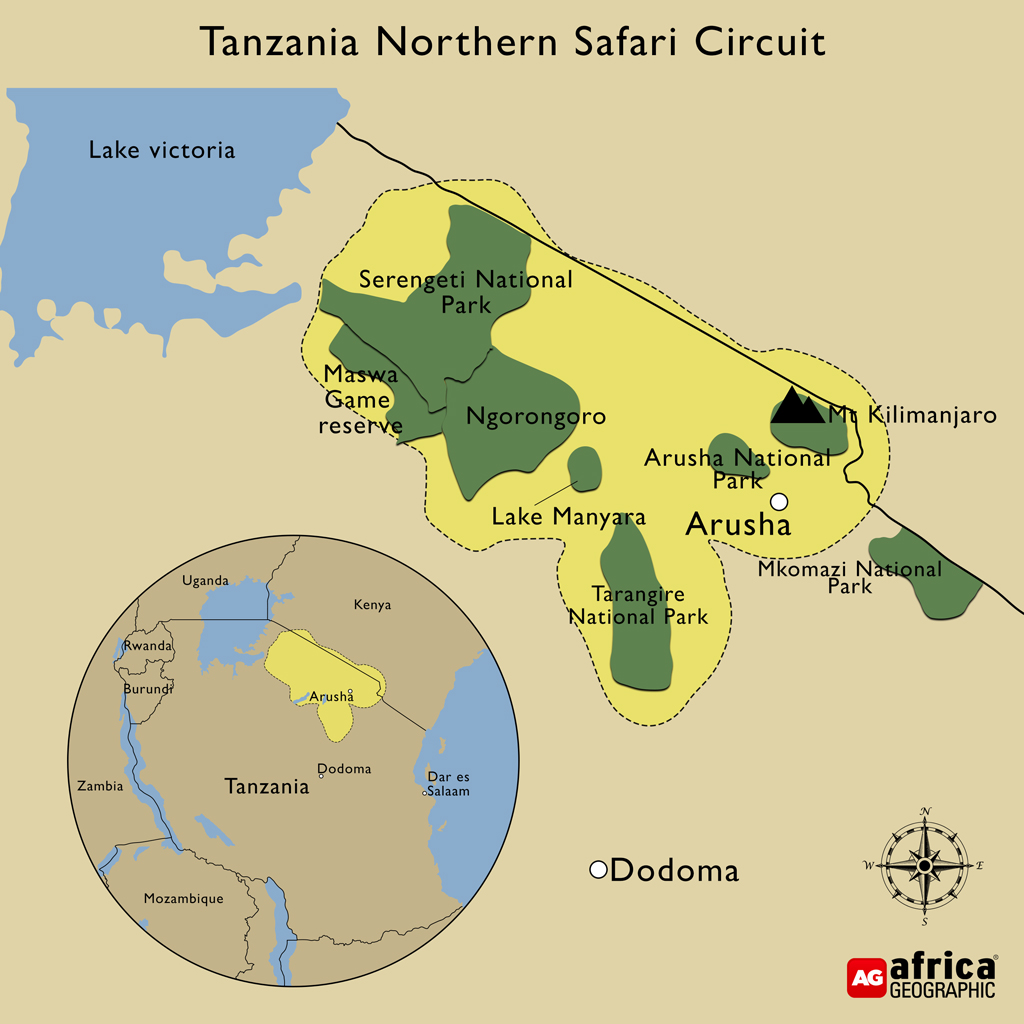
Serengeti National Park
Serengeti National Park is a land synonymous with the very essence of an African safari, where the majesty of the scenery and expansive atmosphere is matched by extraordinary wildlife viewing. Here, sweeping grass plains, rocky outcrops and woodlands support myriad animal species, all engaged in a primordial battle for survival.
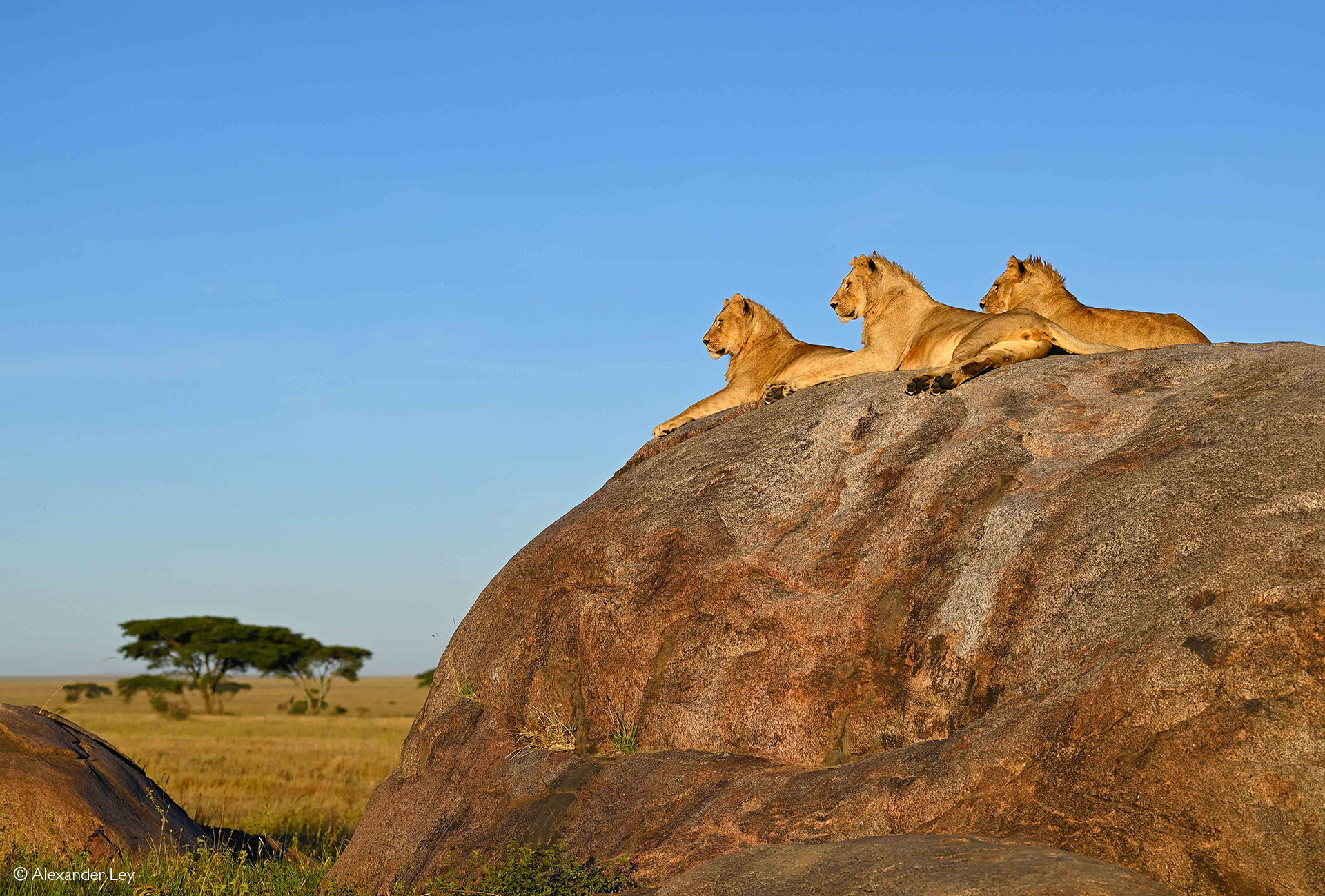
Naturally, the Serengeti ecosystem is most famous for its role in the Great Migration – the second largest overland migration on earth. In fact, most of the year, the wildebeest herds move through the Serengeti before passing the international boundary into the Maasai Mara. No words can fully capture the dazzling feeling of sitting in amongst hundreds of thousands of animals that stretch as far as the eye can see or throw themselves helter-skelter at the mercy of the river crossings. However spectacular though it may be, the Serengeti is about more than the migration. The Big 5 are all present (the best chance of seeing the Big 5 is in the central Serengeti and Ngorongoro Crater), and encounters with big cats and hyenas are all but guaranteed, viewed against the backdrop of breathtaking scenery.
The Serengeti ecosystem also incorporates several surrounding reserves and game control areas, all contiguous with the national park. These include Grumeti Controlled Area, Ikorongo Controlled Area, Loliondo Game Controlled Area and Maswa Game Reserve. The national park is also open to the Ngorongoro Conservation Area described below.
Ngorongoro Conservation Area
Ngorongoro Conservation Area is often described as Africa’s Eden, with its most prominent feature being the Ngorongoro Crater. This ancient volcanic caldera encircles one of the most biodiverse and precious wild spaces in Africa, giving the impression that time stood still at the centre of the massive geological cradle. Here, many of Africa’s most iconic animals (including the Big 5) thrive, and every year, Lake Magadi flushes pink as hundreds of flamingos arrive during the breeding season.
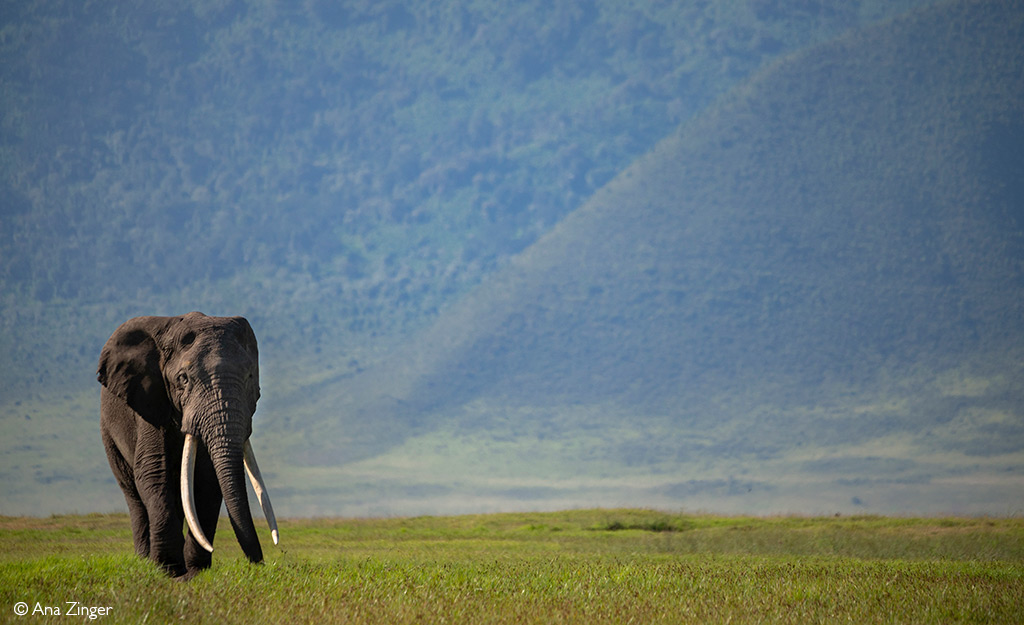
Outside the crater, the Ndutu region of Ngorongoro (bordering and open to the southern Serengeti) serves as a critical resting point in the Great Migration, as over half a million wildebeest arrive on the short grass plains to calve. At the height of the chaos, an estimated 8,000 calves are born each day, forced to find their feet quickly or be lost to the predators that throw themselves into the wildebeest melee with joyous abandon.
The steep-sided ravine of Olduvai (or, more correctly, Oldupai) Gorge is another of Ngorongoro’s significant attractions, having yielded a timeline of our evolution as a species. The scattered fossils, tools and bone fragments reveal the gradual development of societies and social complexities that today define Homo sapiens.
Lake Manyara National Park
Lake Manyara National Park is named for the eponymous lake along its eastern edge, with the remainder of the park sandwiched between the lake and the dramatic hills of the Great Rift escarpment to the west. Previously known for its spectacular displays of flamingos and other water birds, Manyara is low-key and less frenetic than the extravaganza of Serengeti or Ngorongoro. This makes it ideal as a launchpad for exploring the northern circuit of Tanzania. However, Lake Manyara National Park has experienced flooding in recent years, impacting safari experiences. While the park remains open, some areas are submerged, and access to certain wildlife viewing locations has been affected. The flooding has also led to ecosystem disruptions and affected wildlife sightings, particularly flamingos, which have largely moved on. Visitors may experience limited sightings, flooded roads, and replaced game-driving routes. To maximise your safari experience, aim for June–October, or plan for half-day visits/leeways if travelling during the wettest months.


Tarangire National Park
Not far from Lake Manyara, Tarangire National Park is the southernmost park in the northern circuit. It is a land of giant baobabs, fever tree forests, shimmering swamps and sweeping vistas – unequivocally one of Africa’s most underrated African safari destinations, bursting with abundant wildlife. It is also an essential landscape for one of the lesser-known migrations in Tanzania because, during the dry season, the Tarangire River becomes one of the only available water sources. Tens of thousands of animals are drawn to its banks and floodplains from miles in every direction.

Mount Kilimanjaro
As Africa’s highest mountain, Mount Kilimanjaro needs little by way of introduction, as every year, thousands of amateur and expert hikers set out to summit its peak. Its snow-capped summit stands out incongruously against the flat Rift Valley scenery below, and even those reluctant to don hiking boots should be content to gaze upon this African legend from its base.
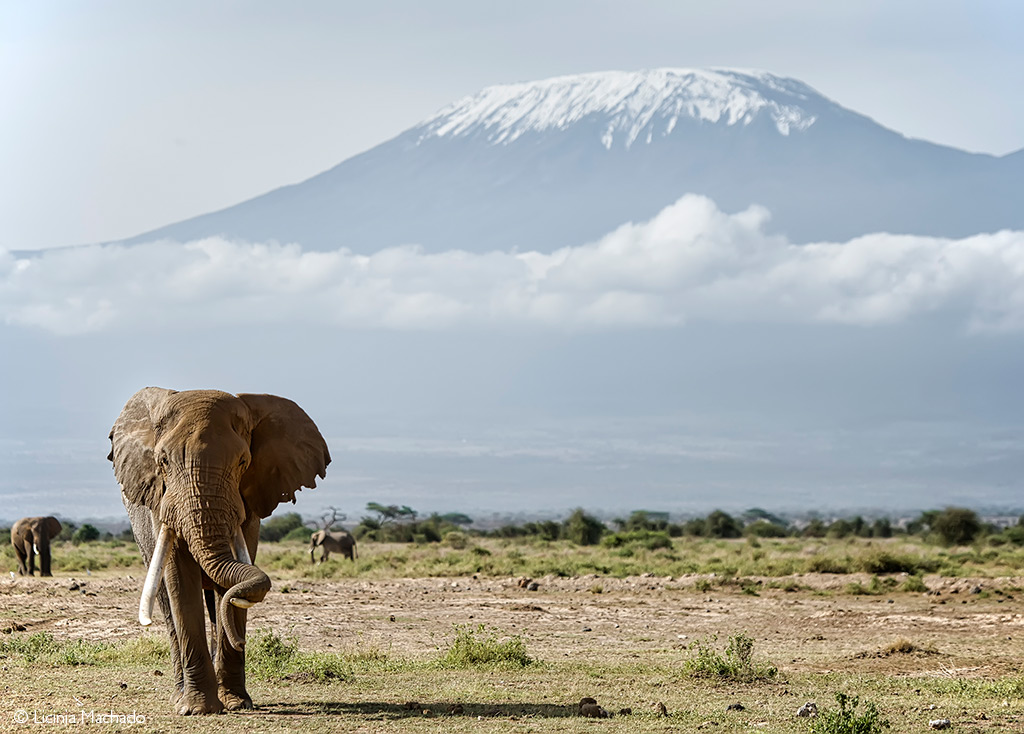
Arusha National Park and Mount Meru
The city of Arusha acts as the gateway to the northern circuit, meaning that Arusha National Park is usually the first or the last stop for travellers navigating the route. Within the park, the dormant volcano of Mount Meru is occasionally referred to as the “little brother” of Mount Kilimanjaro. It offers a much quieter and more intimate experience, along with spectacular wildlife encounters en route to the summit. Arusha NP and Mount Meru offer gentle and immersive introductions to, or conclusions for, your Tanzanian northern circuit safari, blending cultural experiences, lush landscapes, and convenient access to the region’s major national parks.
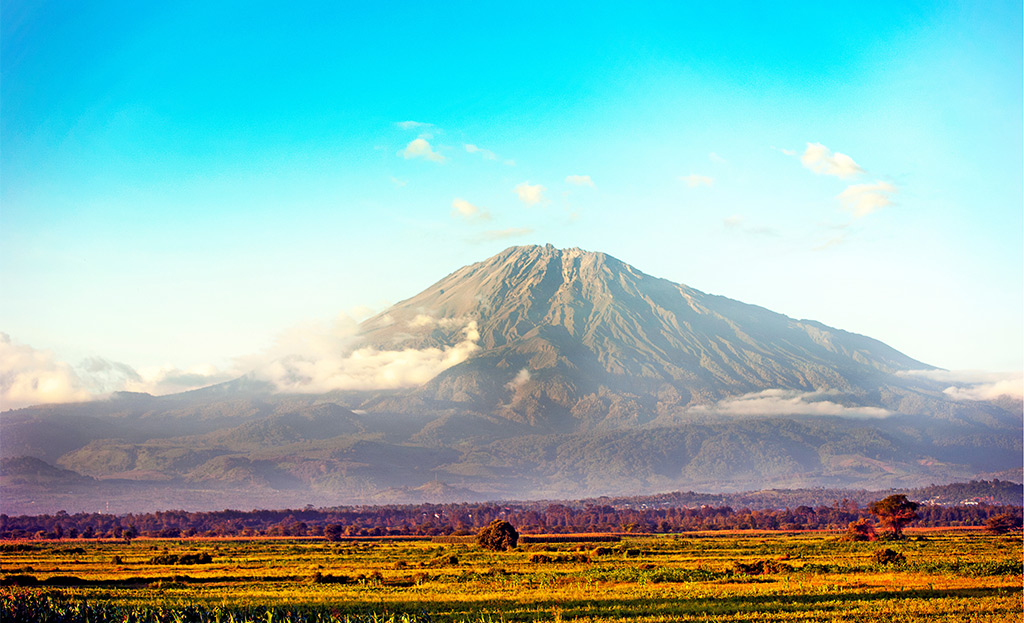
Tanzania’s southern circuit
In contrast to the bustling northern circuit, Tanzania’s southern safari circuit is remote and wild, characterised by a feeling of absolute immersion without ever skimping on East Africa’s famous hospitality standards. This region is famed for its back-to-basics and authentic approach, where exploring on foot is an essential part of the experience and you can go for days without encountering another tourist. Much of this region is relatively arid compared to the luscious plains of the north but still incorporates areas with thriving swamps, verdant forests and spectacular waterfalls.
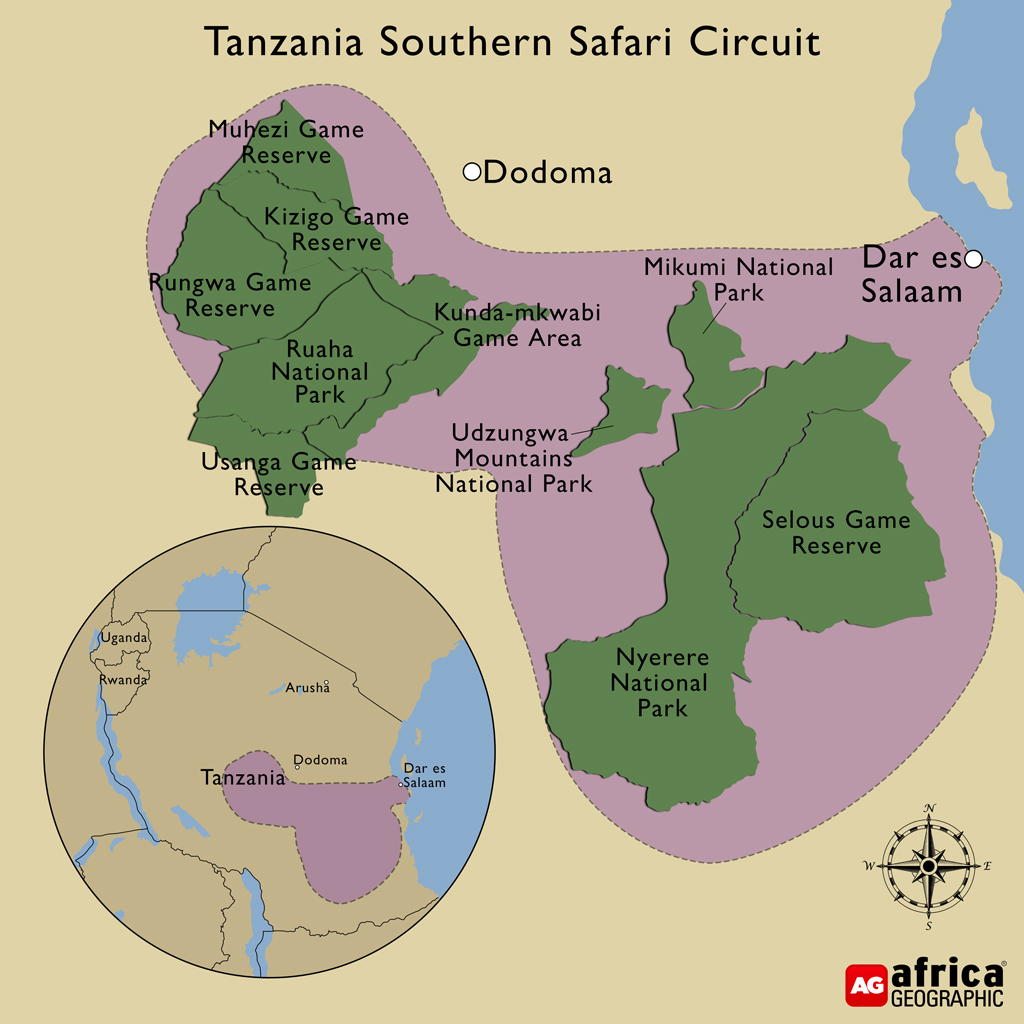
Ruaha National Park
Ruaha National Park is a gem of the southern circuit, an enormous and untamed semi-arid wilderness, divided by life-giving river systems and dotted with the pyknic forms of ancient baobabs. The rugged park supports high densities of herbivores (including sizeable herds of elephants) and one of the largest lion populations on the continent. Leopard, cheetah, spotted hyena and African wild dog (painted wolf) sightings are frequent, and some lucky visitors have even managed to spot one of the park’s elusive striped hyenas.

The protection of the greater Ruaha ecosystem is extended by the contiguous Rungwa, Kizigo, Usangu and Muhezi game reserves, all offering their own African safari experiences.
Nyerere National Park/Selous Game Reserve
Nyerere National Park extends over three sides of the Rufiji River valley, carved from the former Selous Game Reserve. The Rufiji River dominates the landscape, fanning into an intricate network of channels, oxbow lakes, and swamps, supplying a never-ending parade of thirsty animals drawn to the water’s edge. Though the declaration of the national park is intended to boost Nyerere’s tourism potential, there is no question that this remains something of a forgotten corner of Africa, where wildlife connoisseurs can lose themselves in the vast wilderness.

Mikumi National Park
Mikumi National Park lies adjacent to the northern border of Nyerere National Park and is easily accessible from Dar Es Salaam, making it a popular choice for local tourists. However, few international guests have yet to discover the splendour of Mikume’s expansive floodplains and prolific animal sightings.
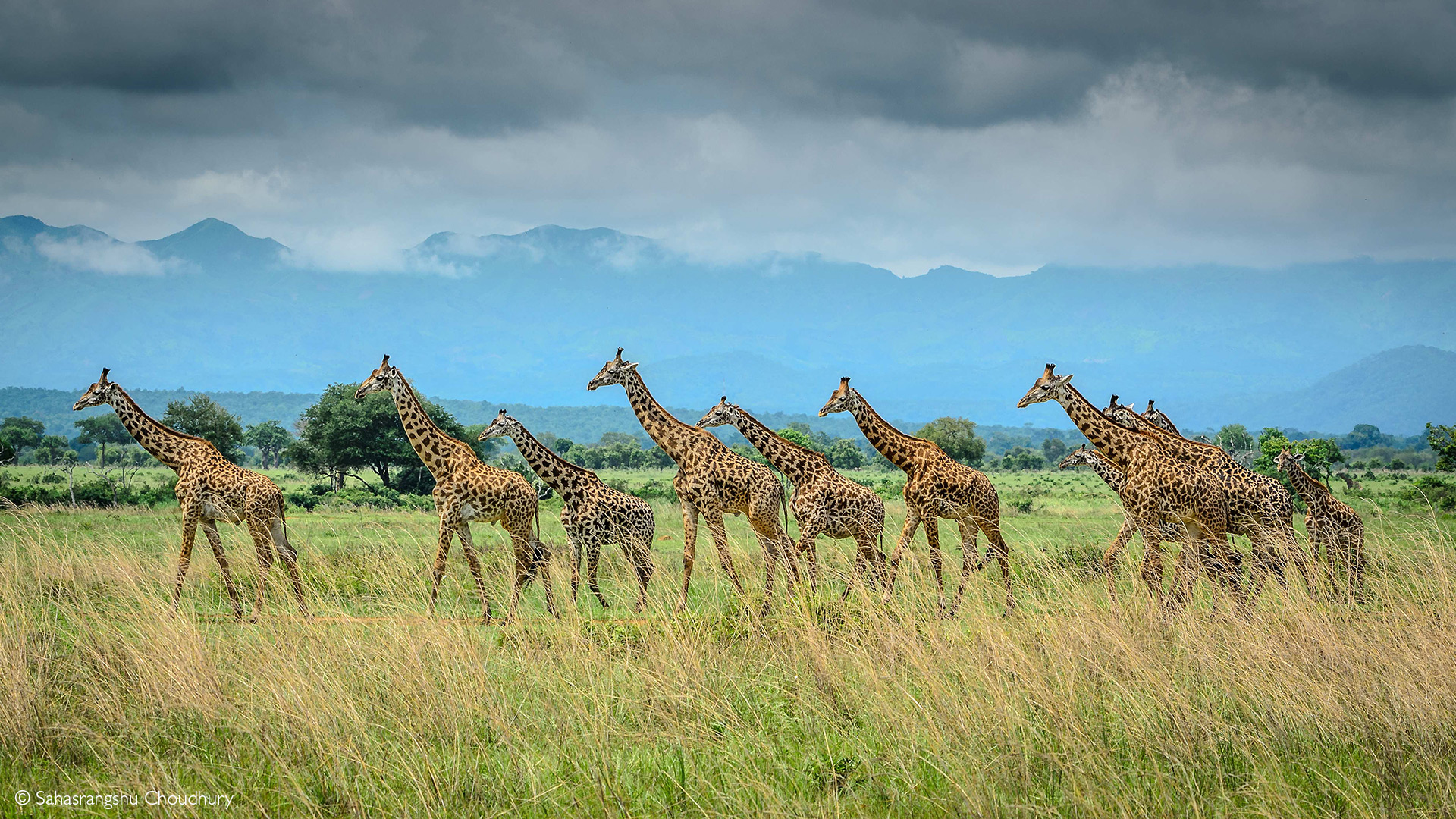
Udzungwa Mountains National Park
Despite its proximity to the western edge of Nyerere National Park, the misty forests and picturesque, tumbling waterfalls of Udzungwa Mountains National Park make it seem worlds apart. These mountains are a biodiversity hotspot characterised by mind-boggling levels of endemism, with species including the Iringa red colobus, the Sanje crested mangabey, the Udzungwa partridge and the rufous-winged sunbird.


Tanzania’s western circuit
Unlike the northern and southern safari circuits, Tanzania’s western circuit breaks away somewhat from the more traditional safari fare. This is a shorter and more specialised circuit and should be combined with aspects from the northern or southern circuit if time and resources allow.
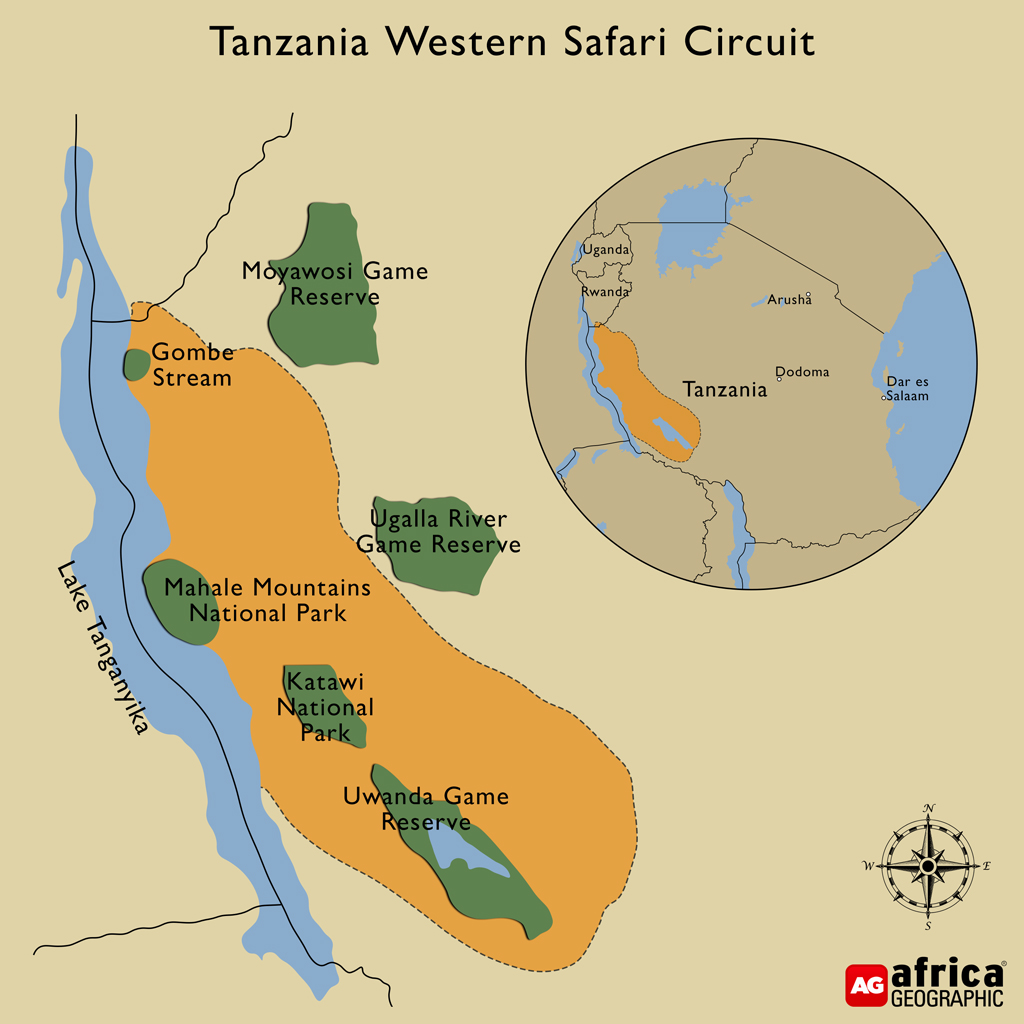
Gombe Stream National Park
Situated on the northeastern shores of Lake Tanganyika, the tiny Gombe Stream National Park is one of only a few places in Tanzania where chimpanzees can be encountered in the wild. This intimate park sports exceptional biodiversity and is celebrated as the park where Jane Goodall first set up her now-famous research centre. Here, visitors can follow expert guides into the heart of the forest in search of our chimpanzee kin, admiring the many other primate species along the way.

Mahale National Park
Also situated on the banks of Lake Tanganyika, Mahale National Park is substantially larger than Gombe, extending over the craggy Mahale Mountains and across rolling hills to the east. The forested western slopes are home to a substantial population of chimpanzees, with many families being the subjects of scientific study for over 50 years. And how better to celebrate a successful (and exhausting) day spent trekking for chimps than diving into the cool embrace of Lake Tanganyika’s crystal waters or lounging on its beaches, cocktail in hand?
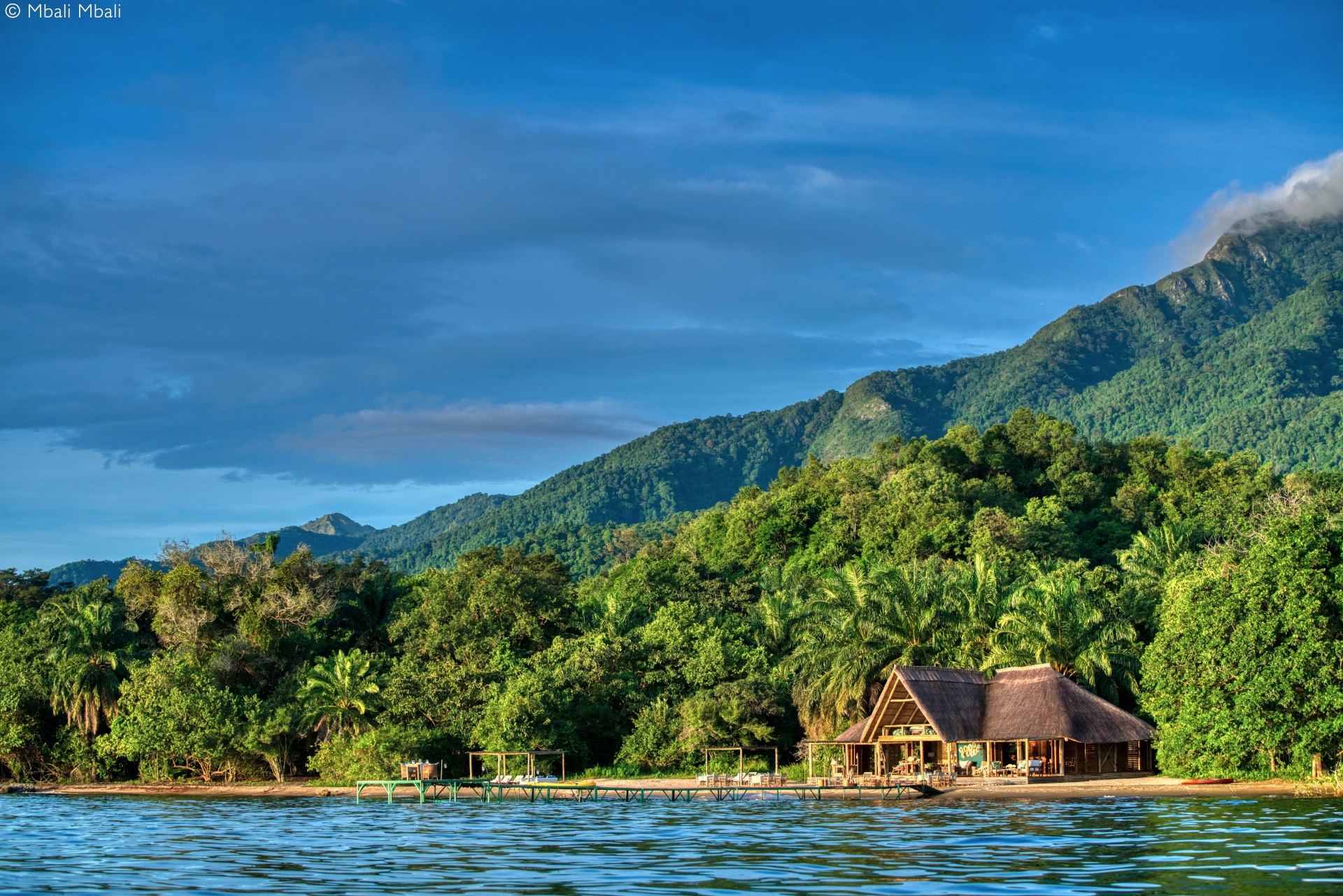
Katavi National Park
Katavi National Park is one of Tanzania’s most electrifying African safari destinations, ruled by the cadence of the rainy season. During the late dry season, the park swelters beneath a merciless sun and its residents are forced to compete for access to the remaining water in a dramatic battle for survival. Visitors who venture here off the beaten safari track are rewarded with a natural African nirvana that they can enjoy all to themselves.


Tanzania’s eastern/coastal circuit
With all the excitement of an African safari, complete with early mornings, dusty roads and adrenaline-inducing sightings, it is well worth taking a few days to collect one’s emotions before returning home from Tanzania. And where better to do that than on one of the country’s tropical paradise beaches? Though the mainland offers some beautiful spots to soak in the sun, the islands off-shore provide the best seaside escapes.

Zanzibar Island
Zanzibar is the largest and most popular of Tanzania’s islands, renowned as a honeymoon destination and beach paradise. From dazzling beaches to the vibrant cultural hub of Stone Town, Zanzibar is an accessible and relatively affordable island Utopia. When planning your time in Zanzibar, it’s worth researching the different coastal areas: some beaches buzz with activity and crowds, others feel overly touristy with persistent beach vendors, and a few have little sandy shoreline but offer excellent snorkelling just offshore.
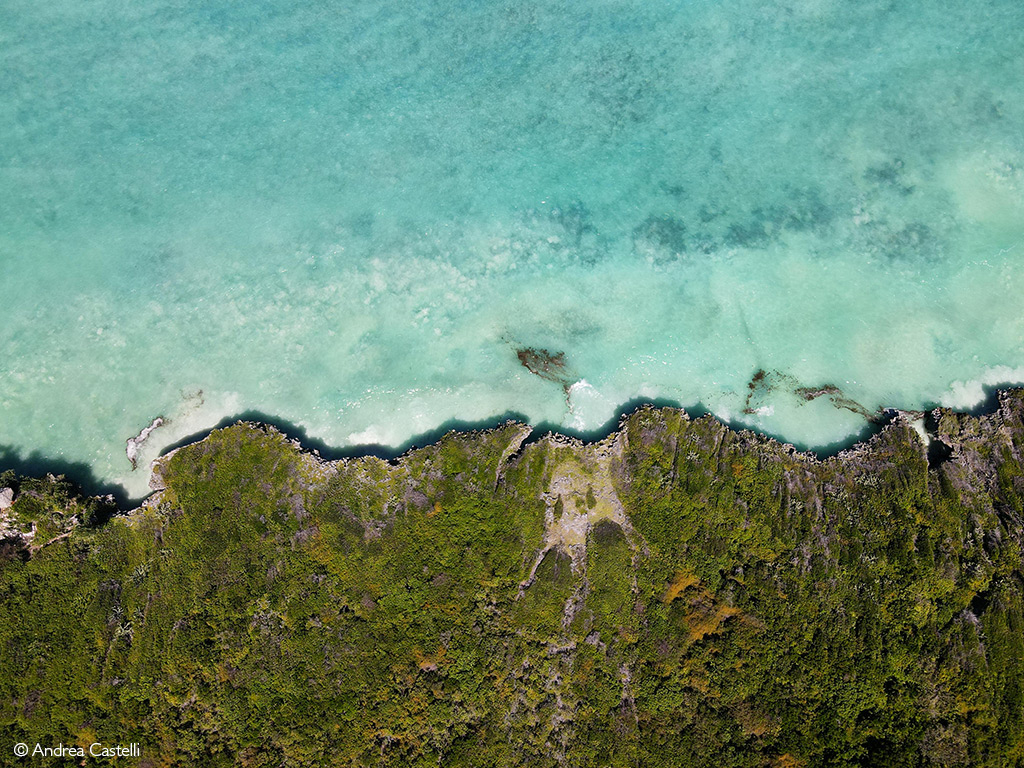
Mafia Island
Less crowded and more exclusive than Zanzibar, Mafia Island offers the perfect place to soak up the resplendent marine scenery, including snorkelling, diving with whale sharks, and even watching hundreds of turtle hatchlings make their perilous first journey to the sea.

Pemba Island
Like Mafia Island, Pemba Island is quieter than Zanzibar, removed from the trappings of mass tourism. Its fertile soils support rolling hills covered with fruit-laden coconut, banana and cassava trees. The warm waters surrounding it are famous for their exceptional diving and snorkelling opportunities.
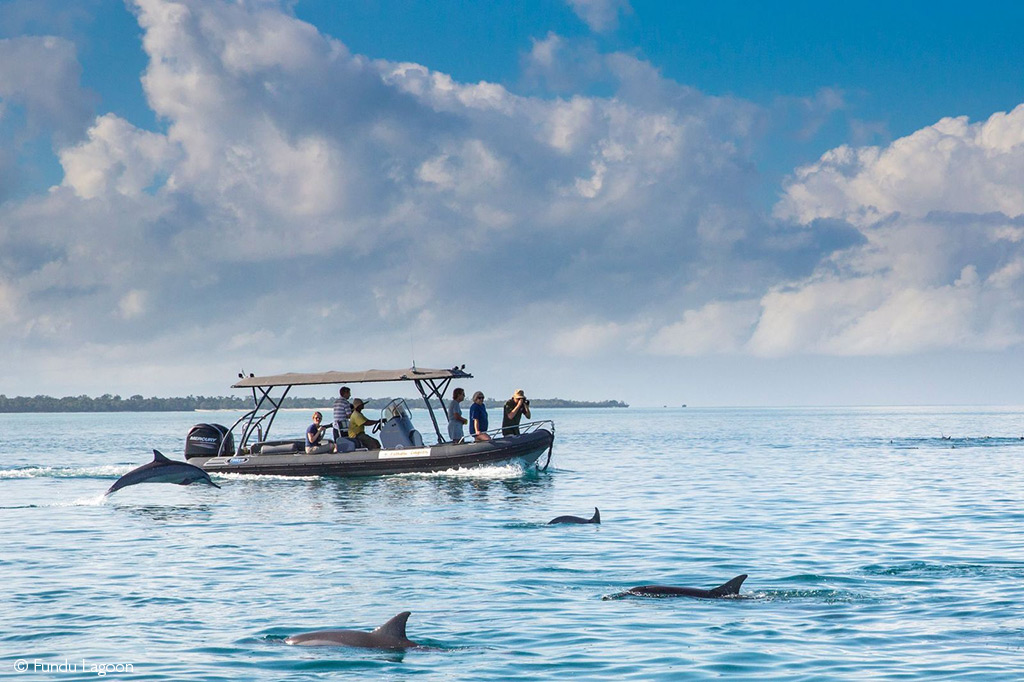

Final thoughts
No matter the safari circuit, Tanzania is a country that consistently delivers excitement and copious natural wonders to its fortunate visitors.
Further reading
- The Great Wildebeest Migration is the quintessential African safari experience. Here’s our detailed guide on everything you need to know
- The vast Serengeti in northern Tanzania is home to an extraordinary amount of wildlife and plays host to the greatest show on Earth – the Great Migration
- Ngorongoro Conservation Area, centred on Tanzania’s famous crater, is a spectacular safari destination of abundant wildlife & ancient history. Read more about Ngorongoro here
To comment on this story: Login (or sign up) to our app here - it's a troll-free safe place 🙂.![]()




